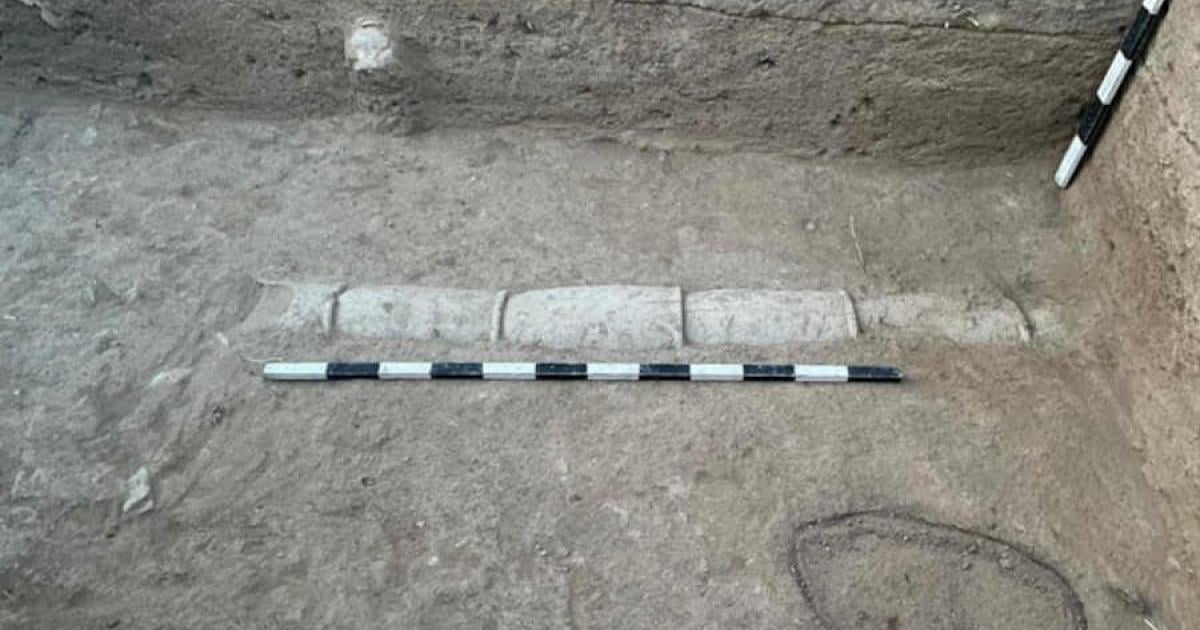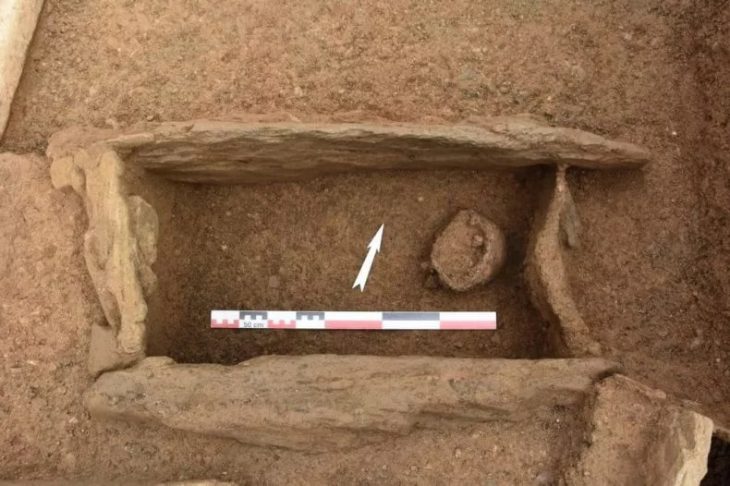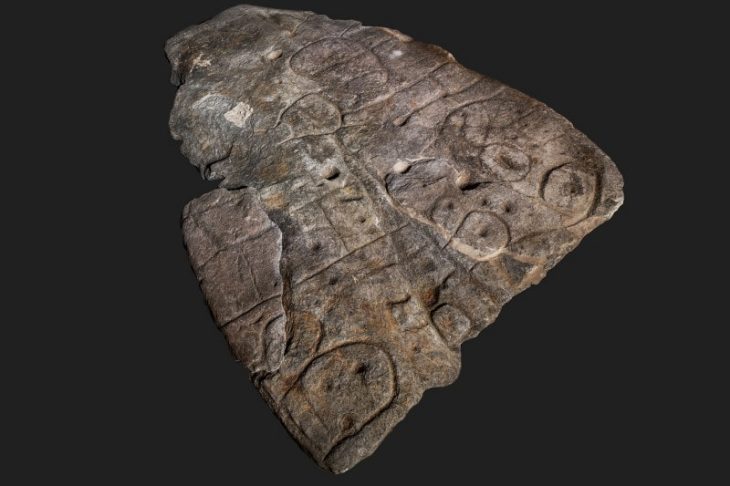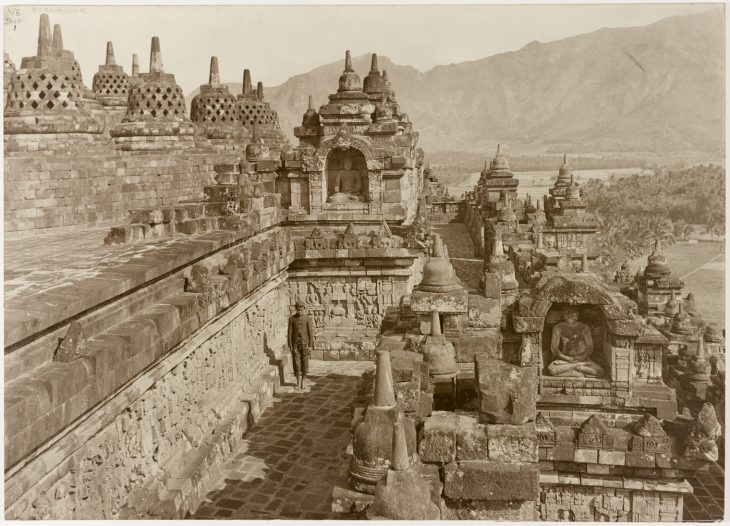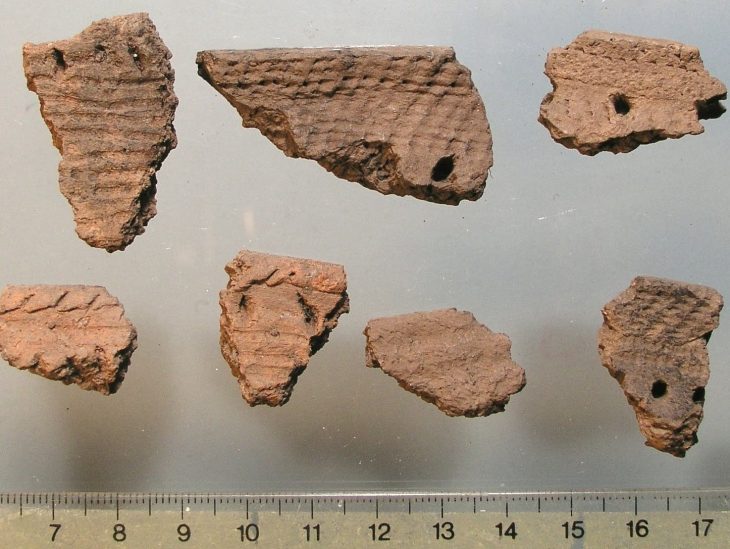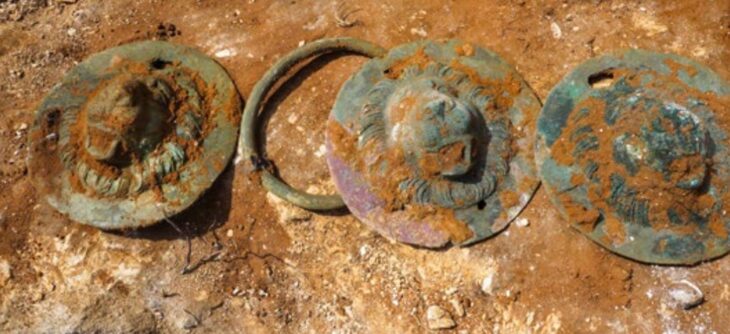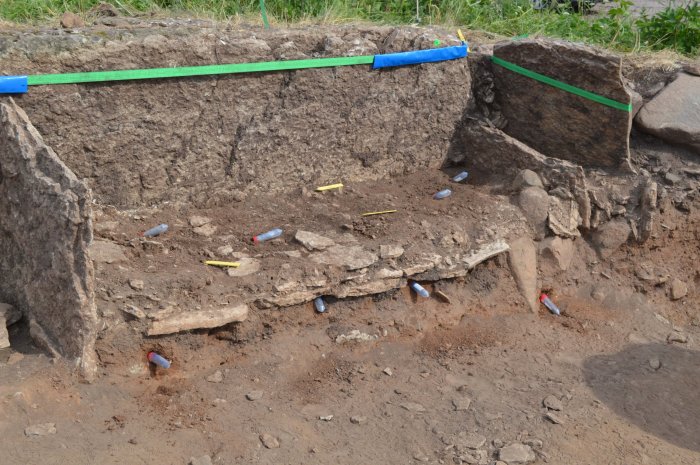During the 10th phase of archaeological excavations at the Keeladi archaeological site in Tamil Nadu, India, archaeologists uncovered a terracotta pipeline that shows the existence of an ancient water management practice practiced by humans 2,600 years ago.
Ancient city Keeladi in southern India serves as a reminder that our ancestors had some pretty clever tricks up their sleeves, just when you thought modern plumbing was the pinnacle of human achievement.
In the latest news from this archaeological goldmine, excavations have revealed a 6th-century B.C.E. terracotta pipeline. Previously, the archaeologists found an open drain, a closed channel, and small tanks in Keeladi.
Located approximately seven miles southeast of Madurai, the Keeladi archaeological site has been a hidden gem since Archaeological Survey of India researcher K. Amarnath Ramakrishna discovered it in 2014. More than 20,000 antiquities and artifacts have been discovered in the last ten years; each one whispers a story of a sophisticated society that once flourished along the banks of the Vaigai River.

Excavations revealed a closed channel, an open drain, and several small tanks, all of which indicated a very well-planned water management system. The most remarkable discovery, however, is a cylindrical terracotta pipeline. It appears from this ancient engineering marvel that the Keeladi people were doing more than just collecting water in clay pots from the river.
The recently discovered pipeline, according to representatives of the Tamil Nadu State Department of Archaeology, is made up of six cylindrical structures that are about 14 inches (36 cm) long and 7 inches (18 cm) wide. These cylinders are carefully assembled to form a single, continuous pipeline that is 174 centimeters long.
“This has been fully unearthed now. This pipeline continues to the adjacent trench. This could have been used for carrying protected water,” a representative from the department said.
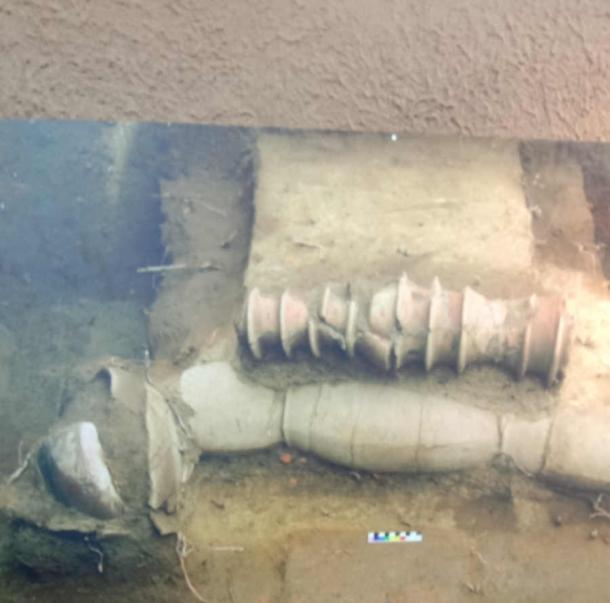
Analyses of various artifacts from the site have demonstrated that as early as the 7th century B.C.E., Tamil society was operating a prosperous, industrial settlement. This shifts the timeline of the Sangam era and the origins of the Tamil script considerably further back.
Also, artifacts unearthed from Keeladi suggest that the Tamils were aware of iron technology as far back as 2172 B.C.E., a staggering 4,200 years ago.
Cover Photo: Government of Tamil Nadu

